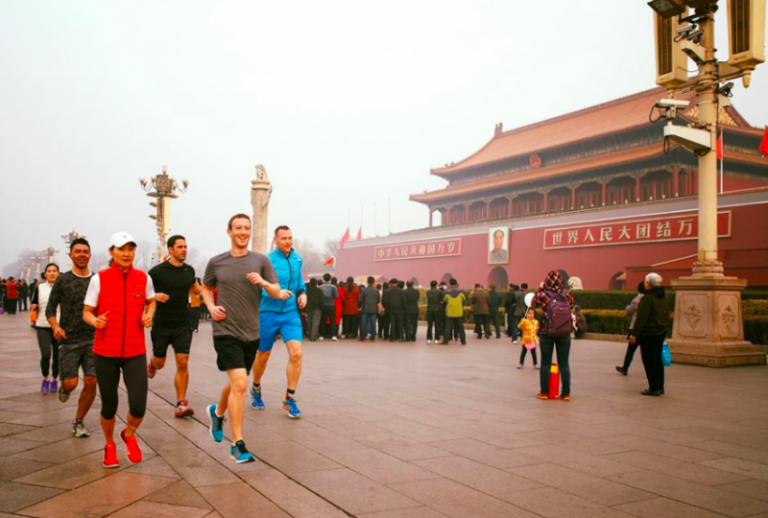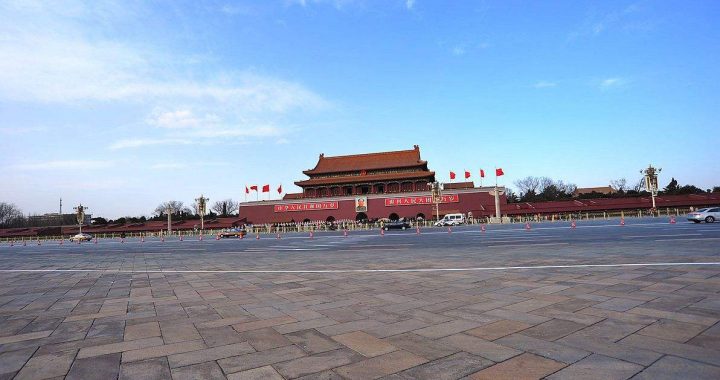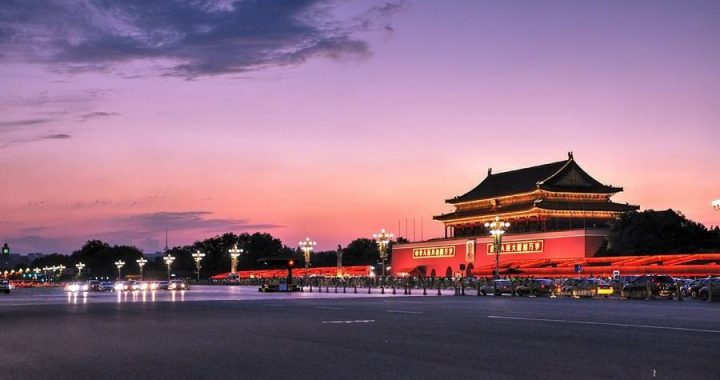Tiananmen Square
3 min readTiananmen Square was expanded in 1958-1959 after the founding of the PRC. With total area of 440,000 square meters, it can accommodate millions of people for assembly. It is the largest square in the world. Tiananmen Square is located in Beijing’s central axis. It faces the Tiananmen Tower in the north, faces Zhengyangmen Tower in the south, faces National Museum of China in the east, and faces the Great Hall of the People in the west. It also has some important constructions. From north to south, there are National Flag Lifting Platform, Monument to the People’s Heroes and the Chairman Mao Memorial Hall. With magnificent scene, it is hailed as “Heart of China”. Whenever major festivals, it is f lled with countless f owers, which is exceptionally beautiful. The Great Hall of the People is the venue of the National People’s Congress. It consists of assembly hall, banquet hall and office building, with total construction area of 170,000 square meters.
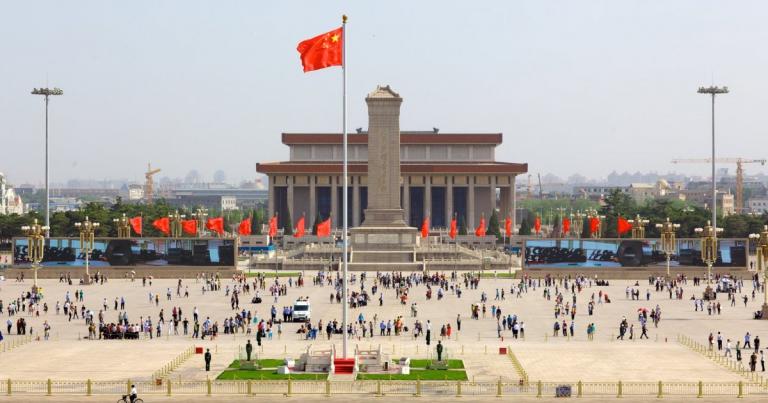
The Chairman Mao Memorial Hall is a square building, which is 105.5 meters long, 105.5 meters wide and 33.6 meters high. It has rigorous and grand style. Facing south, it keeps the body of Chairman Mao, a Chinese revolutionary leader and Former President of the PRC.
The front of the People’s Heroes Monument faces north, with f oor area of 3,000 square meters and height of 39.4 meters, which is made of 17,000 granites and white marbles. It is the lar gest stone monument in the Chinese history . It is committed to commemorating the People’s Heroes sacri f cing for the cause of our revolution in 1840-1949. It was built in 1958. In tall and straight form, it towers at Tiananmen Square. Its front is carved with eight gold-gilt Chinese characters “Ren Min Ying Xiong Yong Chui Bu Xiu (People’s Heroes will be always remembered and eternally immortal)” written by Mao Zedong, which is engraved with the inscription on the back (authored by Mao Zedong and written by Zhou Enlai). Lower base sees mosaic of ten white marbles reliefs, which introduces the major historical events in modern Chinese people’s revolutionary struggle.
Tiananmen Square was south gate of the Forbidden City in the Ming and Qing dynasties. Initially built in the 15th year of Yongle Period of the Ming Dynasty (1417), it was formerly known as “Chengtian Gate”, where the emperor issued orders. In the late Ming Dynasty, it was destroyed in the war. It was rebuilt in the 8th year of Shunzhi Period of the Qing Dynasty (1651). Tiananmen Tower is on red platform, with overall height of 33.7 meters. With Sumeru base, the wide five arched gates are on the obverse side, which are powerful and majestic. In front of Tiananmen, winding Jinshui River flows, five white marble stone bridges span side by side. Two tall and beautiful pillars stand outside the bridge. After the founding of the RPC, Tiananmen Square undergoes reconstruction and maintenance.
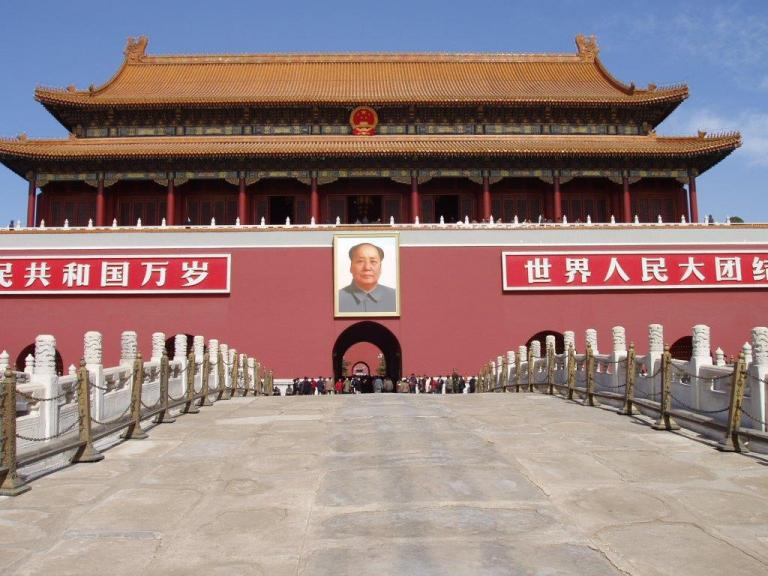
Tiananmen Square used to be T-shaped
In the Ming and Qing Dynasties, there was a T-shaped plaza in front of Tiananmen Square: North part was Qianbu Verenda in the south of Tiananmen Square, which extended several hundred meters. Southern tip was located in Daming Gate, i.e., the place of current Chairman Mao Memorial Hall (which was called as “Daqing Gate” in the Qing Dynasty and known as “Zhonghua Gate” in the Republic of China). On the east side, there was Chang’an Left Gate, while there was Chang’an Right Gate on west side in front of Tiananmen Square. The plaza was an integral part of the space sequence of the Forbidden City in the Ming and Qing Dynasties, which contrasted with majestic and solemn Forbidden City.
